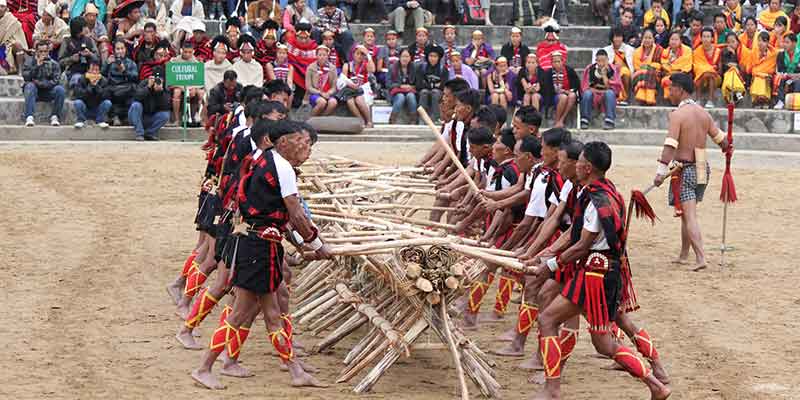- India
- Aug 10
How is Article 371 different from 370?
As the government abrogated Article 370 that gave special status to Jammu & Kashmir, Article 371 - which has special provisions for other states - has invited some attention.
Most of the states that have been accorded special provisions under Article 371 are in the Northeast and the special status aims to preserve their tribal culture.
Home Minister Amit Shah assured the states in the Northeast that the Narendra Modi government had no intention of removing Article 371.
Union Minister Jitendra Singh also sought to allay fears that following the abrogation of Article 370, the next to be abrogated would be Article 371. He said Article 370 was detrimental and has absolutely no correlation with Article 371.
Here’s a look at the provisions under Article 371 of the Constitution.
Article 371
It gives the power to the president to establish separate development boards for Vidarbha, Marathwada regions of Maharashtra and the rest of the state and Saurashtra, Kutch and rest of Gujarat.
It ensures equitable allocation of funds for developmental expenditure over the said areas and an equitable arrangement providing adequate facilities for education opportunities for employment under the state government.
Article 371A, Nagaland
In 1960, a 16-point agreement was signed between members of the Naga People’s Congress and the government of India as part of which a new state of Nagaland was created in 1963.
It states that no Act of Parliament shall apply to the state of Nagaland in respect of the religious or social practices of the Nagas, its customary law and procedures, administration of civil and criminal justice involving decisions according to Naga customary law and ownership and transfer of land and its resources.
Article 371B, Assam
It deals with a special provision with respect to the state of Assam. The president may provide for the Constitution and functions of a committee of the Legislative Assembly of the state consisting of members elected from the tribal areas of Assam. The main objective of inserting Article 371B was to facilitate the creation of the sub-state Meghalaya.
Article 371C, Manipur
It deals with special provisions with respect to Manipur, which became a state in 1972. The special provision is similar to 371B for Assam. Here too, the president may provide for the Constitution and functions of a committee of the Legislative Assembly of the state, but consisting of members elected from the hill areas of Manipur.
The governor should make an annual report to the president regarding the administration of the hill areas in Manipur and the executive power of the Union shall extend to the giving of directions to the state as to the administration of the said areas.
Article 371D&E, Andhra Pradesh & Telangana
The president may by order made with respect to the state of Andhra Pradesh (undivided) provide for equitable opportunities and facilities for the people belonging to different parts of the state, in the matter of public employment and in the matter of education.
Article 371E states that Parliament may by law provide for the establishment of a University in Andhra Pradesh.
Article 371F, Sikkim
It was incorporated into the Constitution in 1975. It states that the Legislative Assembly shall consist of not less than 30 members. In order to protect the rights and interests of the different sections of the population in the state of Sikkim, seats in the Assembly are provided to people of these different sections.
Article 371G, Mizoram
The Legislative Assembly of the state of Mizoram must consist of not less than 40 members. In addition, following the same provisions as Nagaland, an Act of Parliament would not apply to Mizoram in matters relating to religious or social practices of Mizo, Mizo customary law and procedure, administration of civil or criminal justice involving decisions according to Mizo customary law, ownership and transfer of land and its resources.
Article 371H, Arunachal Pradesh
The Legislative Assembly of the state of Arunachal Pradesh must consist of not less than 30 members. The governor will have special responsibility with respect to law and order in the state.
Article 371I, Goa
The Legislative Assembly of the state of Goa must consist of not less than 30 members.
Article 371J, Karnataka
It grants special status to six backward districts of the Hyderabad-Karnataka region. The special provision requires that a separate development board be established for these regions (similar to Maharashtra and Gujarat) and also ensures local reservation in education and government jobs.

